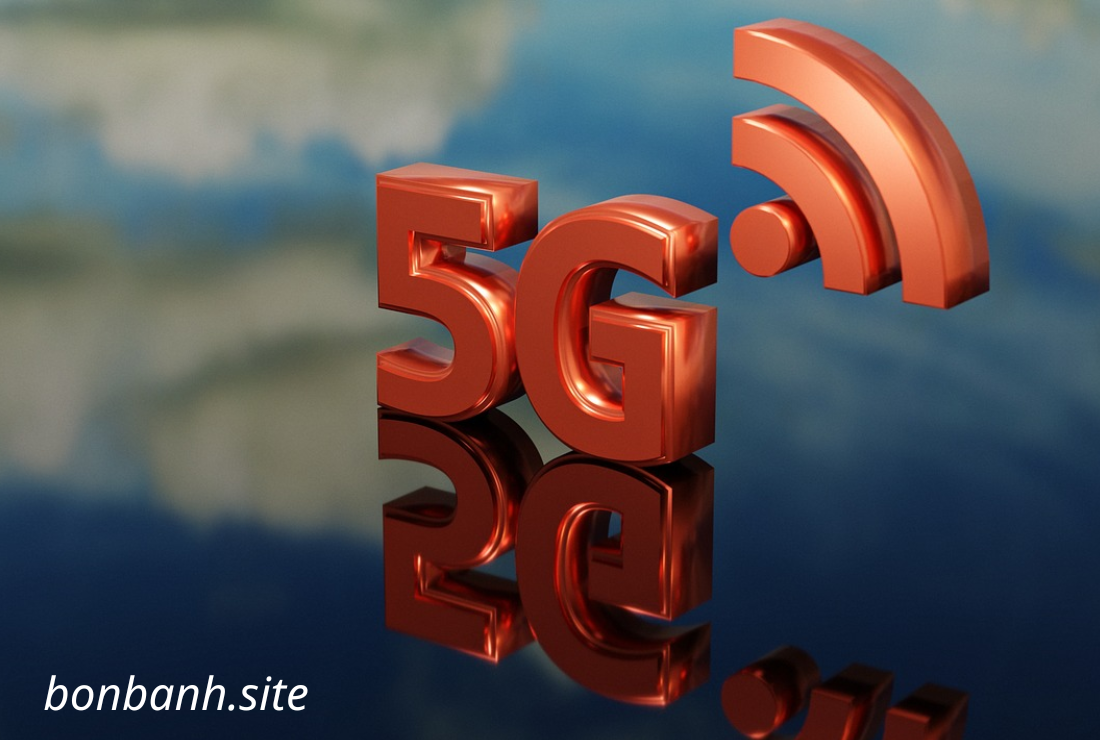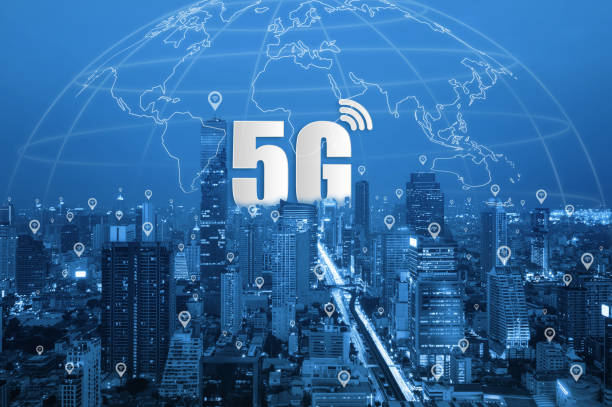Benefits of 5G Infrastructure: How Upgrading to 5G Can Transform Connectivity and Boost Technological Advancements
The global rollout of 5G technology is set to revolutionize connectivity and drive advancements across various industries. As organizations and governments invest in 5G infrastructure, this next-generation wireless technology promises faster data speeds, reduced latency, and enhanced network capacity, enabling new applications and innovations.
Key Benefits of 5G Infrastructure
1. Faster Data Speeds and Improved Connectivity
- Impact: One of the most significant advantages of 5G is its ability to deliver data speeds up to 100 times faster than 4G networks. This high-speed connectivity enhances user experiences, from faster downloads and streaming to seamless video conferencing and online gaming.
- Example: 5G allows users to download high-definition movies in seconds, making it ideal for content creators, gamers, and consumers looking for lag-free experiences.
Transformation: The enhanced connectivity of 5G enables industries like media, entertainment, and e-commerce to deliver richer, more interactive content, supporting augmented reality (AR), virtual reality (VR), and high-definition streaming.
2. Low Latency for Real-Time Applications
- Impact: 5G networks offer ultra-low latency, meaning there is minimal delay between sending and receiving data. This feature is critical for applications that require real-time responses, such as autonomous vehicles, industrial automation, and telemedicine.
- Example: In healthcare, 5G enables real-time remote surgeries where doctors can control robotic systems from a different location, enhancing the speed and accuracy of medical procedures.
Transformation: By drastically reducing latency, 5G opens up opportunities in sectors like autonomous transportation, robotics, and remote work, where instantaneous data transmission is essential.
3. Massive IoT Connectivity
- Impact: The architecture of 5G networks supports a massive number of connected devices, making it ideal for the Internet of Things (IoT). 5G can handle thousands of devices per square kilometer, from smart home appliances to industrial sensors.
- Example: Smart cities can leverage 5G to power everything from traffic lights and surveillance systems to energy grids and waste management, creating more efficient, sustainable urban environments.
Transformation: With 5G, businesses and governments can deploy IoT solutions at scale, driving innovations in sectors such as agriculture, transportation, energy management, and urban planning.
4. Enhanced Mobile Broadband (eMBB)
- Impact: Enhanced Mobile Broadband (eMBB) allows 5G networks to handle high-demand applications like 4K video streaming, virtual reality experiences, and immersive gaming. This expanded capacity means more users can enjoy high-speed connectivity simultaneously.
- Example: Large-scale events such as sports matches or concerts can offer attendees a seamless, high-quality streaming experience, even when tens of thousands of devices are connected to the network.
Transformation: By improving network capacity and speed, eMBB unlocks new possibilities for entertainment, education, and remote work, allowing users to engage with digital content without interruptions.
5. Support for Industry 4.0 and Automation
- Impact: The speed, reliability, and connectivity of 5G are crucial for enabling Industry 4.0 technologies, such as advanced manufacturing, robotics, and artificial intelligence (AI). 5G networks provide the bandwidth needed for real-time data sharing between machines, sensors, and control systems.
- Example: Factories can use 5G to enable predictive maintenance, where machines send real-time performance data to the cloud, allowing manufacturers to address issues before breakdowns occur, reducing downtime and costs.
Transformation: 5G will play a key role in accelerating the shift toward fully automated, smart factories, transforming sectors such as manufacturing, logistics, and supply chain management.
6. Reliable Connectivity in Rural and Remote Areas
- Impact: One of the goals of 5G is to bridge the digital divide by bringing high-speed internet to underserved rural and remote areas. With its ability to deliver faster and more reliable connectivity, 5G networks can enable greater access to digital resources, education, healthcare, and economic opportunities.
- Example: In remote regions, 5G can support telehealth services, where patients can consult doctors via video calls, access medical advice, and receive care without needing to travel long distances.
Transformation: By expanding high-speed internet access to rural areas, 5G has the potential to enhance the quality of life, increase productivity, and spur economic growth in previously isolated communities.
7. Enabling New Technologies and Innovations
- Impact: The capabilities of 5G extend beyond just faster internet. 5G networks create an environment where emerging technologies, such as AR, VR, AI, and edge computing, can flourish. This enables more immersive experiences, smarter devices, and intelligent networks that can process vast amounts of data in real time.
- Example: In retail, 5G can power AR applications that allow customers to virtually try on clothes or see how furniture would look in their home before making a purchase, enhancing the shopping experience.
Transformation: The transformative power of 5G lies in its ability to support the next wave of technological innovations, driving advancements across industries such as retail, entertainment, healthcare, and beyond.
Conclusion
The deployment of 5G infrastructure is set to revolutionize the way we connect, communicate, and innovate. From faster speeds and lower latency to supporting massive IoT networks, 5G offers a range of benefits that will reshape industries and drive technological advancements. By investing in 5G, businesses and governments can unlock new opportunities for growth, efficiency, and enhanced user experiences.
FAQ
What are the main advantages of 5G over 4G?
5G offers faster data speeds, lower latency, higher capacity for connected devices, and greater support for real-time applications, making it a significant upgrade from 4G networks.
How will 5G impact industries?
5G will enable industries to adopt advanced technologies like AI, automation, and IoT, leading to greater efficiency, innovation, and new business opportunities in sectors such as manufacturing, healthcare, and transportation.
Will 5G be available in rural areas?
Yes, one of the goals of 5G is to extend high-speed connectivity to rural and remote areas, providing more reliable internet access and improving access to services like education and healthcare.
What are the potential challenges of 5G deployment?
Challenges include the high costs of infrastructure upgrades, regulatory hurdles, and the need for widespread coverage to fully realize the benefits of 5G.
How will 5G affect consumers?
Consumers will experience faster internet speeds, improved connectivity for smart devices, and new digital experiences powered by AR, VR, and AI.

